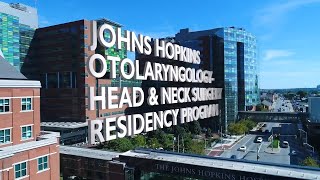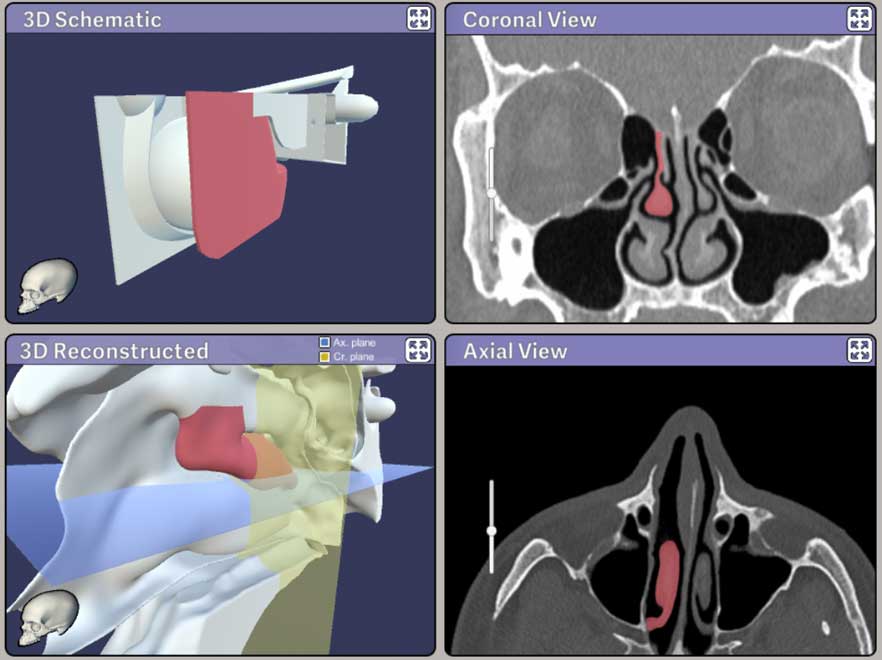The Johns Hopkins Otolaryngology–Head and Neck Surgery (OHNS) Residency Program offers comprehensive training in all subspecialties, along with unparalleled research opportunities to give you an edge in pursuing prestigious fellowships and careers in the field. Our program is is among the top-ranked otolaryngology residency programs in the U.S. according to Doximity.
Johns Hopkins Otolaryngology–Head and Neck Surgery Residency Program
Welcome to Our New Residents
Sahar Assi, M.D.
Track: R25 Year

Alexander Dwyer, M.D., Ph.D.
Track: 5 Year

Wesley Schoo, M.D.
Track: R25 Year

Alexandra Tunkel, M.D.
Track: 5 Year

Johns Hopkins Otolaryngology–Head and Neck Surgery Residency Research Program
Learn about the Johns Hopkins Otolaryngology–Head and Neck Surgery residency research program that’s funded by a grant from the National Institutes of Health from current and graduated residents, as well as faculty members. This research program enables residents to learn how to establish and lead a research program while also continuing to gain clinical-surgical experience.
Contact Us
Please contact us with any questions about the application process or about the Department of Otolaryngology-Head and Neck Surgery at Johns Hopkins:
Alexander Hillel, M.D.
Residency Program Coordinator
Phone: 410-955-1932
Email: [email protected]
Johns Hopkins Medicine Virtual Tour for Prospective Applicants
Take a virtual tour of The Johns Hopkins Hospital and Johns Hopkins Bayview Medical Center.
Johns Hopkins Residency | An Inside Perspective
Hear from four Johns Hopkins residents about their day-to-day experience at Johns Hopkins.







